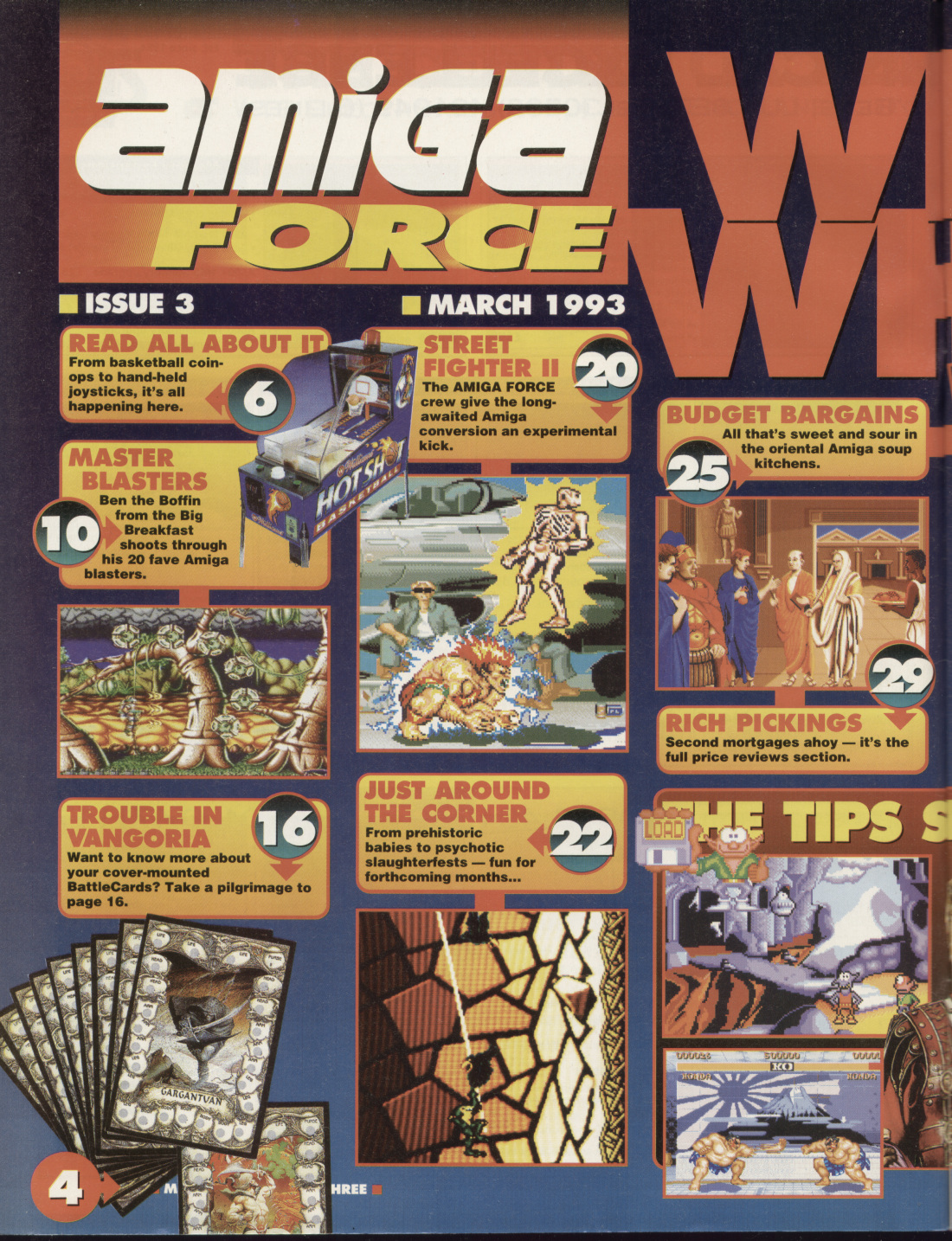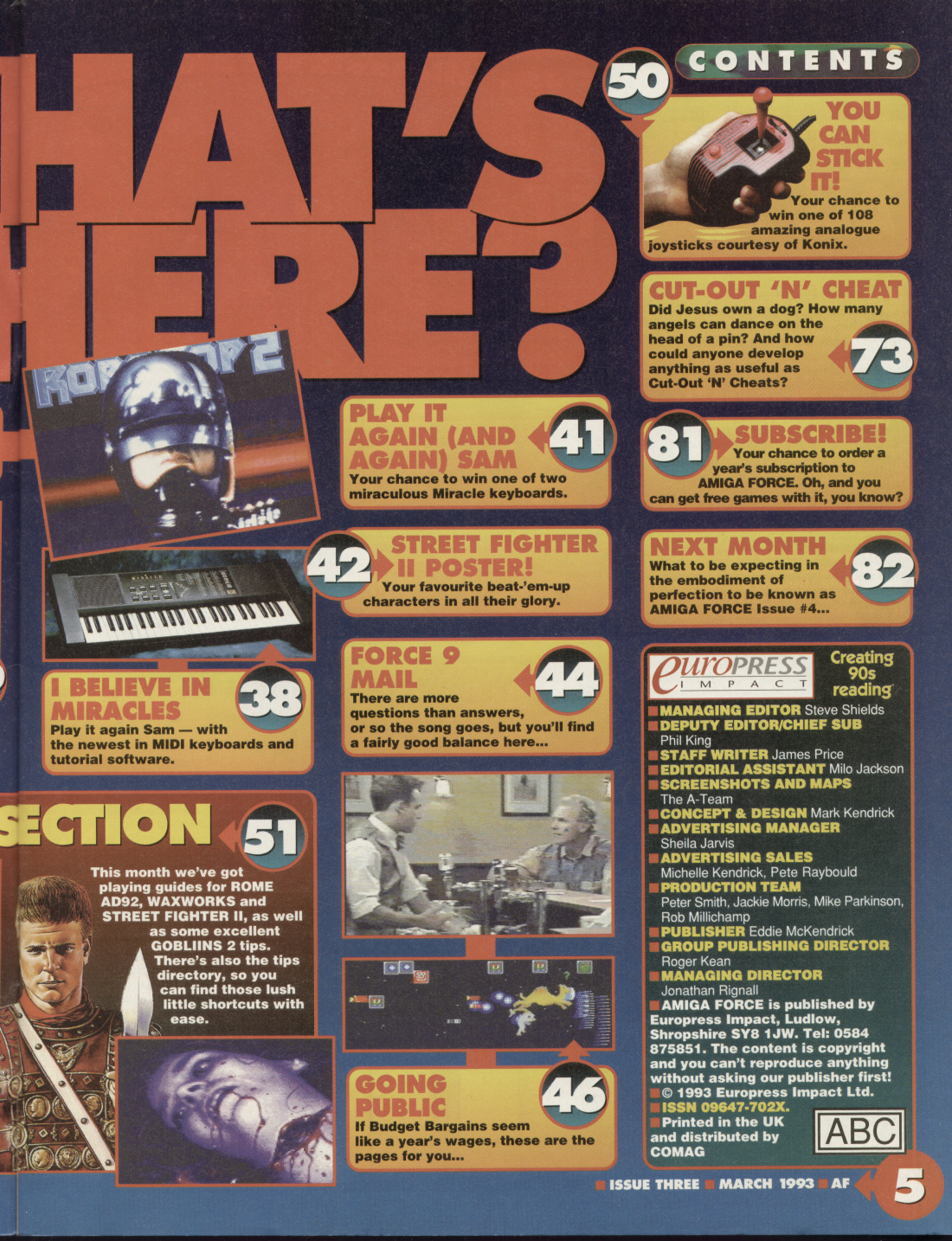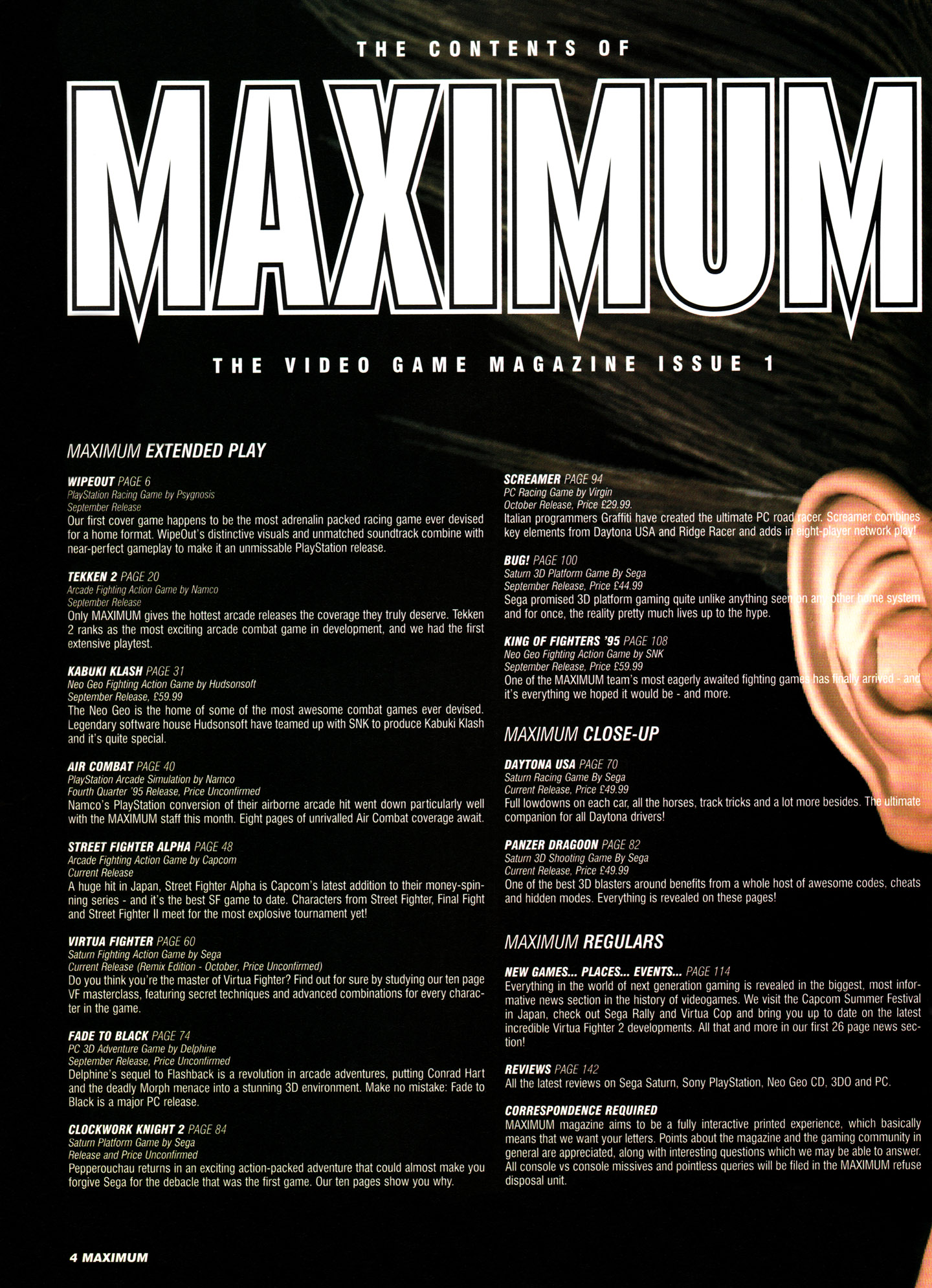steem
Friday, January 28, 2022
Vintage Photos - Oestreicher (1037-1040)
See the previous post in this series here.
I had the opportunity to pick up a huge batch of slides a while back. These are pictures span from as early as the late 1940s to as late as the early 1990s. These came to me second hand but the original source was a combination of estate sales and Goodwill. There are several thousand...maybe as many as 10,000. I will be scanning some from time to time and posting them here for posterity.
Apparently, getting your pictures processed as slides used to be a fairly common thing but it was a phenomenon I missed out on. However, my Grandfather had a few dozen slides (circa late 1950s) that I acquired after he died. That along with having some negatives I wanted to scan is what prompted me to buy a somewhat decent flatbed scanner that could handle slides and negatives, an Epson V600. It can scan up to four slides at a time with various post-processing options and does a decent enough job.
This set continues a rather large batch of slides that originally came from an estate sale and appear to have belonged to a locally well known photographer (or perhaps a friend or family member) from the Spokane Washington area and later Northern Idaho named Leo Oestreicher. He was known for his portrait and landscape photography and especially for post cards. His career started in the 1930s and he died in 1990. These slides contain a lot of landscape and portrait photos but also a lot of photos from day to day life and various vacations around the world. Here's an article on him from 1997 which is the only info I have found on him: http://www.spokesman.com/stories/1997/jan/04/photos-of-a-lifetime-museum-acquisition-of-leo/
Many of these slides had the date they were processed stamped or printed on them. I've found that in cases where I could verify the date, either because a more specific date was hand written or there was something to specifically date the photo in the photo itself, that this date has typically been the same month the photos were taken. In other words, I expect that in MOST cases these photos were taken relatively near the processing date.
Click on one of the images or the link below to also see versions processed with color restoration and Digital ICE which is a hardware based dust and scratch remover, a feature of the Epson V600 scanner I am using. There are also versions processed with the simpler dust removal option along with color restoration.
None of these are labeled or dated but I'm guessing they were taken some time in the 1970s. The first is a picture of a house while the other three seem to show various stages of construction of a house.




The entire collection that has been scanned and uploaded so far can also be found here.
Monday, January 24, 2022
Amiga Force (March 1993)
Amiga Force was a relatively short-lived Amiga gaming magazine published in the U.K. Publication began in 1992, fairly late in the life of the Amiga. It only lasted 16 issues before ceasing publication due to the bankruptcy if its publisher.
The March 1993 issue includes:
- Read All About It - Editorial and various news bits. Some items covered include a new joystik from Konix, upcoming games for the Amiga 1200, and more.
- Master Blasters - A top 20 list of shoot-'em-ups with ratings and descriptions including Apidya, Blasteroids (I had this one for the Commodore 64), Blood Money, Llamatron, Project-X, Midnight Resistance, R-Type, SWIV, St. Dragon, Silkworm, Star Ray, Turrican, Wicked, Xenon2 - Megablast, Turrican 2, Venus the Flytrap, Z-Out and more.
- Trouble in Vangoria - Battlecards, a computerized card-based strategy game included free with this issue.
- Just Around The Corner - Previews of upcoming and recently released games including The Chaos Engine, Captive II, Alien 3, Euro Soccer, Soccer Kid, Chuck Rock II, Battletoads, and more.
- Budget Bargains - A look at inexpensive games that typically consisted of older releases that have been reissued, shareware, or games issued by small publishers. This month the list includes Robocop 2, Galactic Warrior Rats, Super Cars II, World Championship Boxing Manager, Smash TV, Pit-Fighter, Switchblade II, and more.
- Rich Pickings - Reviews of new full priced releases by major publishers (usually). Games reviewed here include Caesar, Gobliins 2, Premier Manager, Paladin II, Nick Faldo's Championship Golf, Joe and Mac, Trolls, Crystal Kingdom Dizzy, Waxworks, and more.
- Play It Again (And Again) Sam - A chance to win one of the Miracle Keyboard systems detailed above.
- Force 9 Main - Questions from the readers, including requests for buying advice, color problems, a request for more competitions, and more.
- Going Public - An overview of public domain and shareware games that are available. Some titles covered include The Texas Chainsaw Massacre, Act of War, Revenge of the Mutant Camels, Qbic, Amigoids, Weltrix, Spacemaster, Trailblazer, and more.

Table of Contents from the March 1993 issue of Amiga Force

Table of Contents from the March 1993 issue of Amiga Force (continued)
Read more: https://www.megalextoria.com/wordpress/index.php/2022/01/24/amiga-force-march-1993/
Americans Fled High-Tax States in 2021, New Analysis Shows
For many people, the start of a new year is an opportunity for genuine self-reflection. If Democratic lawmakers take an honest look at 2021, the inescapable conclusion is that voters chose with their feet — and rejected high taxes.
A new analysis from the right-leaning Tax Foundation reaches this conclusion. Analyst Jared Walczak broke down U.S. Census Bureau data and reports that while the United States overall saw only minor population growth in 2021, there were very significant shifts in state populations as people relocated.
The five states (counting Washington, D.C., for analysis purposes) that lost the most residents on net were Washington, D.C., New York, Illinois, Hawaii, and California. Meanwhile, the states that saw the biggest net gains in population were Idaho, Utah, Montana, Arizona, South Carolina, Delaware, Texas, Nevada, Florida, and North Carolina.
Notice a pattern? The states with population losses tend to be higher-tax states, while those that saw an influx of new residents tend to be lower-tax states.
This isn’t just intuition — Walczak ran the numbers. Analyzing data covering April 2020 to July 2021 and including the district, the analysis concludes that in the bottom third of states (the ones with the biggest population declines), the average combined state and local top tax rate is 7.3%. In stark contrast, in the top-third of states (the ones with the most population growth), the combined tax rate is just 3.5%.
The trend here is clear as day. When voters put their money on the line, they chose lower-tax states and rejected high-tax, blue-state policies.
“People move for many reasons,” Walczak said. “Sometimes taxes are expressly part of the calculation. Often they play an indirect role by contributing to a broadly favorable economic environment. And sometimes, of course, they play little or no role. The Census data and these industry studies cannot tell us exactly why each person moved, but there is no denying a very strong correlation between low-tax, low-cost states and population growth.”
Don’t be surprised if some progressive politicians, who love to spend (and waste) our money, try to deny it anyway and stick with their bad tax policies. But the truth is clear to any honest observer. Yet, there’s more than just a lesson on tax policy here.
This trend toward lower taxes and freer economies reminds us why the U.S. system of federalism — decentralized governance — is so effective and worth preserving. When Americans can choose between different policies at the state and local level, more people get to live under policies that embody their values. And, more importantly, the best ideas win out over time.
When the federal government enacts one-size-fits-all policies on the entire country, this opportunity for customization and experimentation is lost. Remember that next time you see politicians on the national stage who want to override state sovereignty and push their ideas on the entire country.
WATCH: AOC’s 5 Worst Economics EPIC FAILS (Reaction)
This article originally appeared in the Washington Examiner.

Brad Polumbo
Brad Polumbo (@Brad_Polumbo) is a libertarian-conservative journalist and Policy Correspondent at the Foundation for Economic Education.
This article was originally published on FEE.org. Read the original article.
Friday, January 21, 2022
Maximum – Issue Number 1 – 1995
Maximum covered what at the time were "next generation" systems, including the Sega Saturn, PlayStation, 3DO, Neo Geo, and PC among other systems. Maximum was published in the U.K. but was very similar to Next Generation which was published in the U.S. In fact they were sister magazines and shared some content. The premiere issue of Maximum from 1995 includes:
Extended Play
- Wipeout - The cover story this month includes coverage of Wipeout, a futuristic racer for the PlayStation. I remember really wanting this game and did eventually get the PC version. My PC at the time (a 486 DX2/66) met the minimum requirements but really wasn't fast enough to run it smoothly. I was a bit disappointed with this game. While it was graphically impressive and did a great job of presenting the illusion of speed, I thought games like F-Zero were more fun.
- Tekken 2 - 3D fighters were all the rage (I STILL prefer 2D) and Tekken 2 was the latest arcade fighter from Namco. Tekken was a PlayStation franchise too so it would find its way there soon.
- Kabuki Klash - Neo Geo's latest arcade fighter at the time. They had tons of 2D fighters and while some were better than others, I don't know that any of them were bad. This one is anime themed. The great thing about the Neo Geo of course is that an arcade version automatically meant a home version...if you had the money.
- Air Combat - An early air combat simulator for the PlayStation. This was really as much an arcade game as a simulator resembling games like Space Harrier to some degree. I guess it could be thought of as a simplified simulator.
- Street Fighter Alpha - "The best Street Fighter Yet" claims Maximum. I don't know if that's true or not but if you love fighting games you'll probably love this one. It included additional characters from the original Street Fighter as well as Final Fight.
- Virtua Fighter - The first in Sega's 3D fighting series now available for the Saturn. 32-bit systems could get very close to arcade perfection which was a big deal at the time.

Table of Contents from the premiere issue of Maximum
Maximum Close-Up
- Daytona USA - A full guide to this racer for the Sega Saturn.
- Panzer Dragoon - Another cult classic for the Saturn. This was one of the best 3D shooters around at the time. This article provides a guide, codes, cheats, hidden items and more.
Maximum Regulars
- New Games... Places... Events - News coverage of Virtua Fighter 3, Sega Saturn criticism, Virtua Fighter 2, Capcom's fighting game competition, X-Men on the Sega Saturn, a new Battle Arena Toshinden, King's Field 2 for the PlayStation, Virtua Cop 2 for the Saturn, Sega Rally Championship, Yoshi's Island and much more.
- Reviews - The reviews section this month includes reviews of the following games:
- Virtua Fighter (Sega Saturn)
- Panzer Dragoon (Sega Saturn)
- Daytona USA (Sega Saturn)
- Bug! (Sega Saturn)
- Wipeout (PlayStation)
- Ridge Racer (PlayStation)
- Battle Arena Toshinden (PlayStation)
- Rapid Reload (PlayStation)
- Jumping Flash (PlayStation)
- Kileak The Blood (PlayStation)
- King of Fighter '95 (Neo Geo CD)
- Kabuki Klash (Neo Geo CD)
- Savage Reign (Neo Geo CD)
- ...and more!
- Correspondence Required - This would be the letters from readers section but since this is the first issue, there are none yet. Instead we just have a request for letters...
Read more: https://www.megalextoria.com/wordpress/index.php/2022/01/21/maximum-issue-number-1-1995/
Vintage Photos - Oestreicher (1033-1036)
See the previous post in this series here.
I had the opportunity to pick up a huge batch of slides a while back. These are pictures span from as early as the late 1940s to as late as the early 1990s. These came to me second hand but the original source was a combination of estate sales and Goodwill. There are several thousand...maybe as many as 10,000. I will be scanning some from time to time and posting them here for posterity.
Apparently, getting your pictures processed as slides used to be a fairly common thing but it was a phenomenon I missed out on. However, my Grandfather had a few dozen slides (circa late 1950s) that I acquired after he died. That along with having some negatives I wanted to scan is what prompted me to buy a somewhat decent flatbed scanner that could handle slides and negatives, an Epson V600. It can scan up to four slides at a time with various post-processing options and does a decent enough job.
This set continues a rather large batch of slides that originally came from an estate sale and appear to have belonged to a locally well known photographer (or perhaps a friend or family member) from the Spokane Washington area and later Northern Idaho named Leo Oestreicher. He was known for his portrait and landscape photography and especially for post cards. His career started in the 1930s and he died in 1990. These slides contain a lot of landscape and portrait photos but also a lot of photos from day to day life and various vacations around the world. Here's an article on him from 1997 which is the only info I have found on him: http://www.spokesman.com/stories/1997/jan/04/photos-of-a-lifetime-museum-acquisition-of-leo/
Many of these slides had the date they were processed stamped or printed on them. I've found that in cases where I could verify the date, either because a more specific date was hand written or there was something to specifically date the photo in the photo itself, that this date has typically been the same month the photos were taken. In other words, I expect that in MOST cases these photos were taken relatively near the processing date.
Click on one of the images or the link below to also see versions processed with color restoration and Digital ICE which is a hardware based dust and scratch remover, a feature of the Epson V600 scanner I am using. There are also versions processed with the simpler dust removal option along with color restoration.
These photos were all processed in the early 1970s. The first features a cable car somewhere. The last three were all probably taken around the same time/place and feature a river/forest area and a bridge (with some 1970s cars driving on it of course).

processed October 1971

processed April 1972

Aprocessed April 1972

processed April 1972
The entire collection that has been scanned and uploaded so far can also be found here.
Friday, January 14, 2022
Ahoy! (February 1984)
Departments
- Editorial - An editorial on the uses and potential uses of home computers by science fiction writer Ben Bova.
- Scuttlebutt - Commodore 64 and VIC-20 related news including info on: Mimic, a device that turns your Commodore 64 into an Apple II compatible computer; Kidwriter, a storytelling tool for kids; Homeword, an Apple Lisa inspired word processor for the Commodore 64; and lots more.
- Software Reviews
- Jot-A-Word - A Hangman type game with an expandable 5,000 word dictionary for the Commodore 64 and VIC-20.
- Zeppelin Rescue - A game in which you rescue people from rooftops with your Zeppelin for the Commodore 64.
- Protector II - Rescue people under attack from the Slimehordes and other horrors...for the Commodore 64.
- Space Sentinel - Target alien attackers from your orbital platform...for the Commodore 64.
- Mothership - Parts of this game are similar to the Star Wars arcade game but it also features multi-level run and jump play as well...for the Commodore 64.
- Shamus - One of my early favorites for the Commodore 64, you must work your way through a many-screened maze hunting down the Shadow while fighting off Robo-Droids and his other minions.
- Save New York - Fight off alien hordes in this Defender like game for the Commodore 64.
- Dancing Feats - A music teaching program for the Commodore 64.
- Seafox - A submarine sim for the Commodore 64 and VIC-20.
- Database Manager - A...database manager for the Commodore 64.
- COMvoice - A hardware speech synthesizer for the Commodore 64 and VIC-20.
- To Our Readers - Some corrections to previous issues type-in programs along with an appeal to readers for more letters.
- The Rupert Report - A tutorial on strings and string functions in BASIC.

Table of Contents from the February 1985 issue of Ahoy!
Features
- The 1541 Disk Drive: A Guided Tour - What's inside plus how to use and maintain your 1541 disk drive. The 1541 was a 5.25" floppy dirve for the Commodore 64 that was the primary software format for that system, at least in North America. In Europe and some other places, the Datasette was far more popular due to its lower cost.
- An Interview with Ihor Wolosenko - An interview with the president of Synapse software which produced many of the early hit games for the Commodore 64.
- The Golden Gateway - An article on direct computer/brain interfaces, biochips and their possible future.
- The 64 Graphics System, Part II - The second part of an overview of the Commodore 64's graphical capabilities including a type-in drawing program called Multi-Draw.
- Night Attack - A type-in game reminiscent of Missile Command.
- Programming Relative Files - Incorporating RELative files into your programs. RELative files, unlike SEQuential files, allow for random access.
- The Interrupt Music Maker/Editor, Part II - Some corrections as well as some music for the music editor provided the previous issue.
Programs
Big Tech Censorship Is a Problem, but More Government Involvement Is Not the Solution
The year may be new, but its problems are old. As 2022 gets underway, we find our society yet again grappling with pandemic policies, school closings, and the content moderation practices of Big Tech.
Over the holiday, Twitter kicked Representative Marjorie Taylor Greene (R, GA) off its platform. Only a few days before that, the company also removed a doctor and contributor to mRNA vaccine technology, Robert Malone, shortly before he appeared on a Joe Rogan podcast to discuss the government’s response to COVID-19 (YouTube also removed that interview). Twitter claimed both accounts were banned for spreading misinformation about the coronavirus.
These actions have sparked outrage among many on the right who believe social media platforms are censoring their views. Rogan and others encouraged users to migrate to a new platform called GETTR in response.
Many of those speaking out against Twitter’s decisions called for the repeal or reform of Section 230, antitrust legislation to “break up” Big Tech, or, on the most extreme end, for social media platforms to be nationalized.
Do Conservatives Have A Point?
First, it must be pointed out that much of the concern conservatives feel about their plight online is in fact overblown.
A report out of New York University found that platforms actually promote the voices of many right-leaning commentators. “Republicans, or more broadly conservatives, have been spreading a form of disinformation on how they're treated on social media. They complain they’re censored and suppressed but, not only is there not evidence to support that, what evidence exists actually cuts in the other direction,” said Paul Barrett, deputy director of the NYU Stern Center for Business and Human Rights.
Twitter itself recently had to admit that its algorithm amplifies tweets from right-wing politicians more than those on the left. And research from 2020 found that conservative pages beat left-leaning pages in terms of engagement on Facebook. The reality is, very few people are kicked off these platforms at all, much less for mainstream conservative views.
Does that mean social media platforms are fair and consistent in the ways that they moderate their content? Certainly not.
Some platforms (cough, YouTube) are worse than others when it comes to disfavoring certain viewpoints. And as many have pointed out, it’s a complete double standard to ban MTG for spreading misinformation about COVID-19 but not the CDC, teachers’ unions, or any number of other Democratic pundits who have been consistently wrong about the disease online. It’s also worth-noting that Twitter in particular has allowed the Chinese Communist Party and members of the Taliban to remain on its platform, whose ideas and actions have unquestioningly led to far more violence and death than anything a fringe Republican Congresswoman has done.
But social media companies do not have to provide fair or consistent services. Heck, they don’t even have to provide unbiased services. True free speech means that they could create communities that were only for communists or only for nationalists if that were their prerogative. It would be a very dumb business practice (as is much of what they’re doing now), but it’s well within their constitutional rights. (We would all do well to remember that the battle for civil liberties typically must be fought on behalf of those we dislike.)
You get a choice on whether or not you want to use these platforms, and if you do then you play by their rules. That part is only a problem for people who believe they are entitled to the fruits of another person’s labor. Suggesting these platforms owe you an account is theoretically the same as arguing that people have a right to healthcare services. You don’t, and the minute you attempt to use the government to compel private actors to give you something is the minute you become an enemy of the free market and free speech.
Big Government Is the Real Threat, Not Big Tech
In recent days, many have tried to claim that because tech companies have taken corporate welfare dollars, or because they are often being coerced into censorship by the government itself, they are no longer private companies. This is a vastly silly and incorrect take.
All subsidies are wrong and should be abolished. But a company does not become nationalized because they received this money, nor should any supporter of the free market or limited government want that to be the case.
And if Americans are concerned that the government is pressuring these companies to censor certain viewpoints, it makes absolutely no sense for them to think giving the government more power over these companies would lead to less censorship. There’s no logic behind this sentiment.
Make no mistake, the solutions to this problem offered by nationalist types—like Section 230 repeal or antitrust legislation—would only entrench the powers of existing companies and give Democrats—who are pushing for more censorship—exactly what they want. In fact, there’s much reason to think that the pressure currently being applied on these companies by the government is the cause of the current level of censorship practices, particularly over COVID-19 information. Companies will continue to moderate more strictly to avoid being broken up or sued over the comments users write on their platforms. And smaller competitors will not be able to withstand the financial costs of such an infrastructure. This is a recipe for disaster.
Without government regulations (and the ongoing threat of more of them) we’d see far less censorship, more competition in the market, and smaller companies in general. If those are the outcomes we want, then we must attack the root of the problem here: big government.
Ultimately, it is a good thing that we live in a country where private companies can kick politicians off their property. Throughout most of history and most of the modern world, this is a right that most have never known. But, if we want to ensure those companies continue to foster a community of open discourse then the only real solution is to work to limit the government’s authority over them so that these choices are truly made by private businesses and not influenced by state power.

Hannah Cox
This article was originally published on FEE.org. Read the original article.
Tuesday, January 4, 2022
Compute! (April 1983)
Compute! was one of the most popular multi-format computer magazines of the 1980s. It covered mostly the popular 8-bit home computers of the time including the VIC-20, Commodore 64, TRS-80 Color Computer, Apple II, Atari 400/800, TI-99/4A, etc. Compute! also produced the very popular Commodore specific Compute!'s Gazette and a number of other computer specific publications. At more than 288 pages, the April 1983 issue of Compute! had a LOT in it, including:
Features
- Selecting The Right Word Processor - An overview of what a word processor is and what features you should look for. Some of these features include things like Block Move, Headers/Footers and Page-Numbering among other things. There are no actual product reviews in this article.
- Air Defense - A type in program for a game similar to Missile Command. It is in BASIC and was designed to work with the VIC-20, Atari 400/800, TRS-80 Color Computer, Apple II, TI-99/4A, and PET/CBM.
- VIC Editype: A Text Editing And Storage Program - A type-in program for the VIC-20. VIC Editype is basically a mini word processing program. Word processing seems to be the theme in this month's issue.
- Scriptor: An Atari Word Processor - A somewhat more advanced type-in word processor for the Atari 400/800 written in both BASIC and machine language.
Education and Recreation
- Typing Teacher - A type-in program to (ironically) teach you typing. Basically it measures your character speed and word speed by presenting random characters for you to type. There are versions here for the Atari 400/800, VIC-20, TI-99/4A and Apple II.
- Chutes for Atari - A type in program for the Atari 400/800 that uses 3D graphics or what passed for them then. It reminds me of a very, very primitive Star Fox.
- Cash Flow Manager - This article consists of instructions to create a monthly cash report and forecast spreadsheet that can be printed in VisiCalc.
- TI-99 Match-Em - A type-in program for the TI-99/4A for a matching game. This is one of those games where you have to select a square to see what is under it and then guess (or remember) where its match is. Milton Bradley produced a board game version creatively titled "Memory" that was a popular kids game in the 1980s but there have been endless variations.
Reviews
- VIC-20/C64 World Processor: The Quick Brown Fox - A very simple and easy to use word processor for the VIC-20 and Commodore 64 that came in cartridge format.
- Atari Data Perfect - A database program for the Atari 400/800 described as the most powerful yet for that computer. It was compatible with Letter Perfect (a word processor) making it easy to generate form letters and various record formats.
- VIC Practi-Calc - Essentially a much cheaper version of VisiCalc but for the VIC-20 and with fewer features.
- Paperclip Word Processor For PET/CBM - The PET/CBM were more business oriented but this was a popular word processor that was ported to several other computers.
- ZX-81 Home Computer Package For Sinclair/Timex - A package of four programs for the ZX-81/TS-1000. It includes titles that are mostly self explanatory including Etch-A-Screen, Music Composer, Checkbook Balancer and Billboard (scrolls messages across the screen).

Table of Contents from the April 1983 issue of Compute!
Columns and Departments
- The Editor's Notes - This month's editorial discusses the rapidly falling prices of computers.
- Readers' Feedback - Questions and comments from readers about using a TV as a monitor, incompatibilities with Atari's "Revision B" of their OS, and translating programs to the TI-99/4A among other things.
- The Beginner's Page - A column for computer beginners, this month starting a series discussing the various categories of software (music and graphics are covered here).
- Computers And Society - The best and worst of the Winter CES. The worst was the introduction of x-rated software including games for the Atari 2600, the best (at least according to this article) were games with unique goals. One example given is Choplifter in which you get points for rescuing people as opposed to blowing things up.
- Questions Beginners Ask - Questions answered about typing in programs and the differences between a TV and a monitor among other topics.
- Micros With The Handicapped: Developing A Communications Program - Yes, "handicapped" was the politically correct term then even if it isn't now. Anyway, this is part 4 of a continuing series with type-in programs included for making communication easier.
- Machine Language: Numeric Input, Part II - The second part of a Jim Butterfield article on inputing decimal numbers with machine language programs.
- The World Inside the Computer: Children, Computers, And Values - An article that contemplates a child becoming friends with a computer.
The Journal
- Dr. Video - A type-in program for adding additional capabilities to the screen editing abilities of the PET/CBM including the ability to clear the screen above or below the cursor and sending the cursor "home" (to the bottom left of the screen).
- Atari Filefixer - A type-in program that serves as a tool for editing data files for machine language programs. At least that's what I think it is for.
- Using the Atari Word Processor With An Epson Printer - This article describes how to add Epson MX-80 compatibility to the Atari World Processor.
- Commodore 64 Video - A Guided Tour, Part III - Part 3 of a Jim Butterfield series on the Commodore 64's video capabilities. This one discusses creating and moving sprites.
- Update On Sinclair/Times Sound - An update and fixes to a previously published sound program for the Timex 1000/Sinclair ZX-81.
- Computer Literacy And The Three R's On The Sinclair/Timex - A series of small type-in programs for the Timex/Sinclair that teach some simple computer literacy and math.
- Center The VIC Screen - Apparently the VIC-20 screen would sometimes not be centered when displayed on a TV. This small program helps you to center the screen and can be added to your own programs.
- Applesoft Printer Control - This is a type-in program for making the selection printer mode (typeface, etc.) simpler.
- Video 80: 80 Columns For The Atari - By default, the Atari 8-bit computers could only display 40 columns of text. This is a type-in program that works as a software solution to increase that to 80. This doesn't actually increase resolution so the quality won't be as good as a hardware solution but it was still quite useful.
- VICword - A type-in program that gives you shortcuts for 52 BASIC commands. For example, it lets you hold down SHIFT and press 'L' to type LOAD instead of having to type the whole command.
- CRAB (Cross Reference For Atari BASIC) - A very short type-in utility that will print a list of all the variable used in a given BASIC program and on which line numbers they appear on.
- Programming Characters On An Expanded VIC-20 - Defining and using a custom character set on the VIC-20. Memory expansion is needed.
- Magic Commodore BASIC - BASIC programming tricks for the PET/CBM, VIC-20 and Commodore 64, including invisible lines, backward line numbers, highlighting REM statements and more.
- Rainbow Atari Graphics - Various techniques for using colors in games on Atari 8-bit computers.
- VIC Automatic BASIC - A type-in program for creating text animation and prompts that can be used in your own programs.
- Tester - A simple program for the TRS-80 that can be used for testing. Essentially, it asks a series of questions and gives multiple choice answers then grades you. It can easily modified with your own questions.
- Estimating TI-99 Memory - Memory was highly constrained in old 8-bit computers and it was easy to run out of it. This article gives you some techniques to estimate the array sizes you can use.
Read more: https://www.megalextoria.com/wordpress/index.php/2022/01/04/compute-april-1983/





